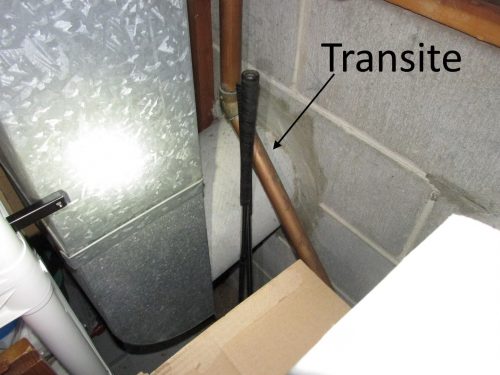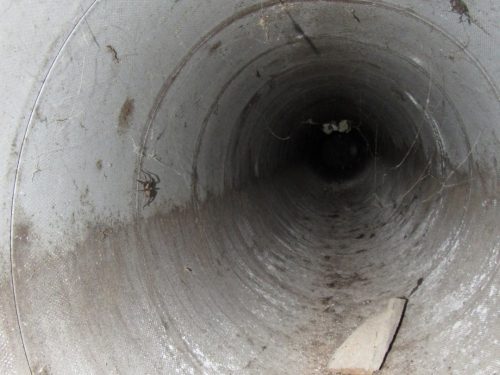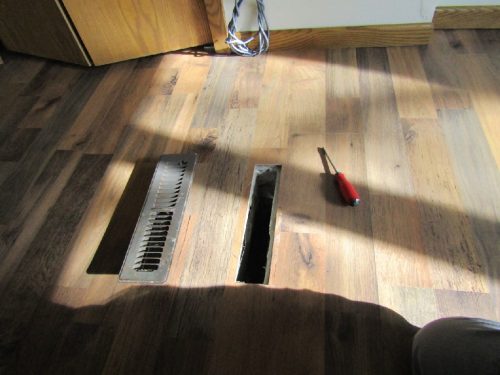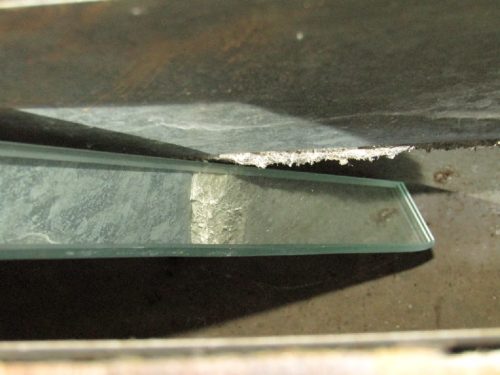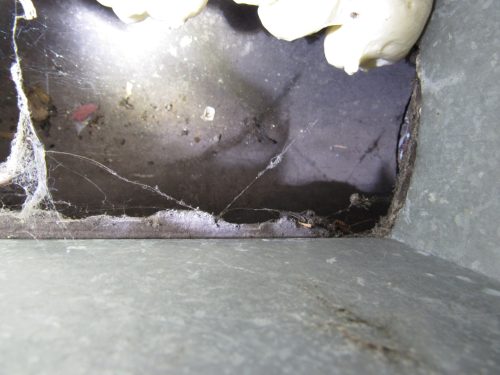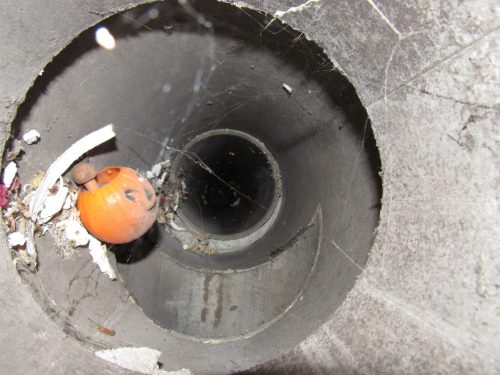If you mention the word transite to about 90% of the population, they either think of HVAC ductwork installed below the concrete floor in a basement, or they assume you added an “e” onto the word transit. This ought to change.
The vast majority of sub-slab ductwork is not transite, and shouldn’t be labeled as such. Also, there’s no such thing as “transit” heat. Some spell-checker created this word by chopping off the letter e. It’s transite.
I’m no historian, but I’ve always been taught that transite was a cement-asbestos product. Wikipedia agrees, describing Transite as a brand created by Johns-Manville in 1929 for cement-asbestos products. At some point, the product transitioned from Transite to transite, just like Romex became romex and Sheetrock became sheetrock. At least in everyone’s minds.
The two components in a home most appropriately called transite are cement-asbestos gas vents and cement-asbestos sub-slab ducts.
Most sub-slab ducts are not transite
That’s right, most sub-slab ductwork here in Minnesota is not made from transite. It’s mostly PVC. When this ductwork is called transite, it’s implied that the ductwork contains asbestos. Don’t call it transite if the ductwork is not made from cement-asbestos. This creates confusion and unnecessary concern. Call it sub-slab ductwork. Transite ductwork was used in the 1960s and early 1970s.
Does it matter?
Yes, it contains asbestos… but that doesn’t mean it’s a problem. Thousands of products in homes may contain asbestos, and asbestos still hasn’t been banned in the United States. The hazard level with transite ductwork is extremely low.
Asbestos fibers are trapped in this material, and they’re not easily released into the air. My only concern with transite ductwork is the fact that it’s ductwork installed below the basement slab, and if water gets in there, it can be a big problem.
How to identify transite ductwork
It’s easy to identify transite ductwork by looking at it. The image below shows a rare view of the outside of a transite heat duct. In most homes, this portion of the duct is buried below the slab. It’s only visible in this case because it was in a split-level home.
Here’s a view of a transite duct from the inside. Click on the image for a larger, more detailed version. Note the spiral and rough fiber.
Also, make note of the obvious water staining in the ductwork. This ductwork has surely been flooded in the past, which is the only concern I have with this material. That’s a topic all on its own, so please come back next week for my blog post on water in sub-slab ductwork.
If you remove a floor register and look at the cut edges of the ductwork, this will help to identify the material.
If it’s transite, the cut edges will appear rough and fibrous.
Here are a couple more photos showing transite ductwork:

